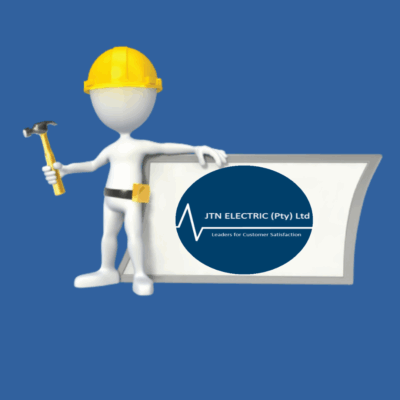
By Leonhard Jonas, CEO of Northlands Business Park and Avianto Estate for Property Wheel
The concept of the super estate is not novel. It has existed globally for several years. However, despite being well-established, no real definition exists. From a developer’s perspective, the most basic requirement of a super estate is to offer more than 2 000 residential opportunities, with facilities and amenities that capture the interest of the buyer.
As a developer, you are creating a new community or township, whose main function it is to provide a safe and secure haven. Although it’s an excellent investment prospect for those looking to expand their portfolio, those buying into a super estate live there on a day-to-day basis, and to make it feasible you need key infrastructure to support the residents. Access to an airport and main arterial routes, schools, medical facilities, and retail opportunities are vital. These factors are important to all developments, but more so to the super estate, as the intention is to create an environment where residents don’t feel the need or desire to leave their cocoon. As such, to claim the title of a super estate, the development must tick a multitude of boxes.
When you look at a super estate like Avianto Estate, Steyn City or Val de Vie, the benefits go beyond creating a safe and protected lifestyle, you are building an opportunity for a multi-generational way of living. Typically, the estate will offer a variety of residential options to satisfy the broader market. Avianto Estate for instance offers a retirement village, pre- and primary school, entry level developments for the starter family, all the way up to the affluent end of the spectrum – basically catering to almost every sector of the market.
Within the South African context, secure estates and complexes have long been sought after. In the past there was the tendency to develop parcels of land and build cookie cutter apartments that are prevalent in Europe – blocks of compact, identical homes that cater to a lock-up-and-go situation. There is certainly a place for it, but as South Africans we want more from our personal living space. Thanks to our mild climate we enjoy being active outside and these complexes don’t necessarily cater to this lifestyle. In recent years, and particularly in response to Covid-19 when we were forced to live and work 24-hours a day in our houses, people realised that a home is more than just a place to lay your head. We want our home and its surrounds to reflect our interests, whether it is cycling, equestrian activities, walking or simply having the freedom to let your children go outside to play, without constantly being on the lookout for dangers. Super estates offer this high level of security but without sacrificing on enjoyment. Super estates recreate the sense of community and allows one to return to a more innocent way of life.
Historically a super estate would have either a polo or a golf course offering. As desirable as these are, they do come with a higher price tag. In his recent podcast, Founder and Executive Chairman of Northlands Group and Developer of Avianto Estate, Darin D’Oliveira, explained that the recent movement is to avoid these traditional, costly facilities and become more inclusive, which ultimately benefits the residents: “Conservatively, to maintain a golf course is over R400 000 a month, which is a cost that the residents of the estate ultimately carry. By avoiding such facilities and allowing the public access to the communal nodes of an estate, such as the restaurant, sporting facilities and gyms, owners are no longer lumbered with excessive levies.”
As with everything, these estates have their time and place, but we are seeing a shift away from these conventional models that often distort the affordability of living in such a place. A more inclusive and humble approach maximizes on the natural surrounds and promotes an outdoor lifestyle through hiking and biking trails, fishing, and picnic spots, to provide the same level of satisfaction but without driving up the levies.
From an affordability standpoint, super estates, despite offering a magnitude of amenities, actually provide a more cost-efficient way of living. Security and landscaping expenses are normally high, but when divided amongst all the residents of an estate, suddenly become far more affordable. The larger the estate, the more residents are paying in levies – it’s a case of economies of scale. With interest rates expected to increase, super estates offer even more financial benefits to the buyer and investor alike. When buying into such an estate at the beginning stage, all costs, such as transfer duties and bond registration are included, ensuring massive savings for the buyers.
Another positive upshot from investing in a super estate is that developers are more sensitive to green-building practices; utilising low maintenance materials, rehabilitating the natural surrounds and providing water and electrical security by way of solar power back-up systems and water storage tanks. This ultimately benefits the residents who are no longer at the mercy of the national providers and are encouraged to live more sustainably and responsibly. All in all, the super estate not only provides the greatest quality of life, but it is becoming more accessible and affordable to the greater population.
About Sasha Anderson
Millennial Mom + wife living the hash-tag life. Reach out if you want to talk: L2B, social media, construction, technology, marriage, parenting, popular culture and travel. Remember: If You Fail - Fail Forward
- Web |
- More Posts(257)








Leave a Reply